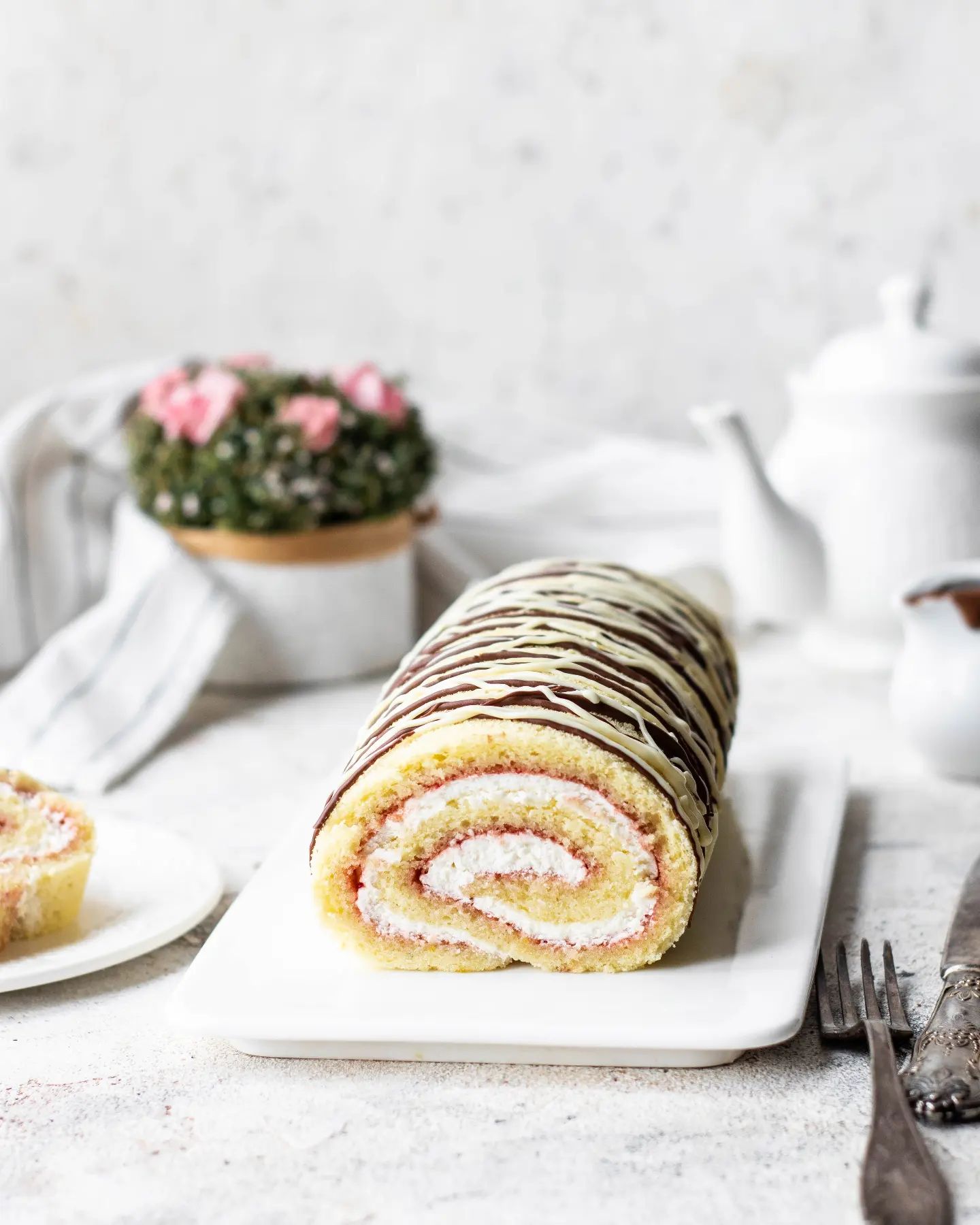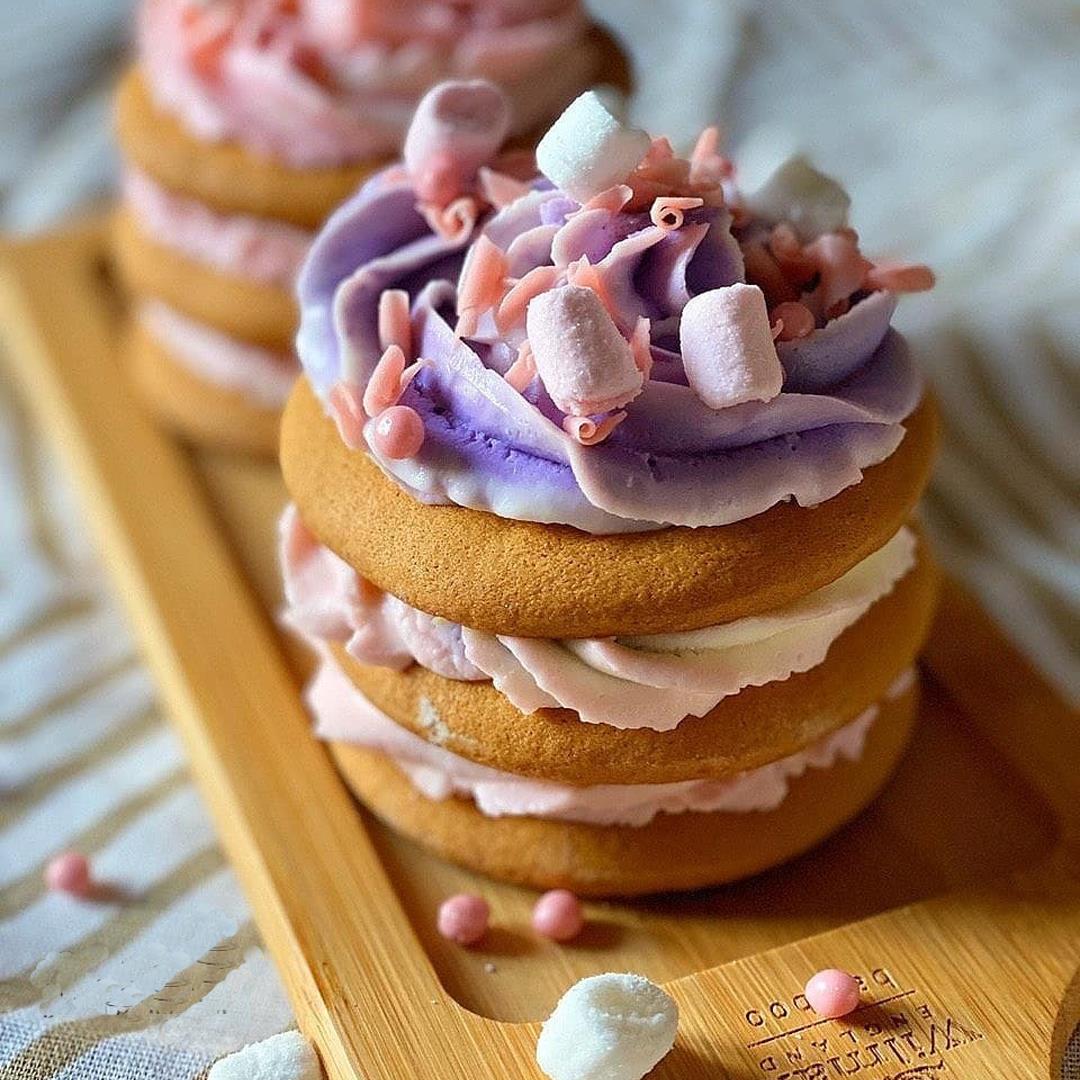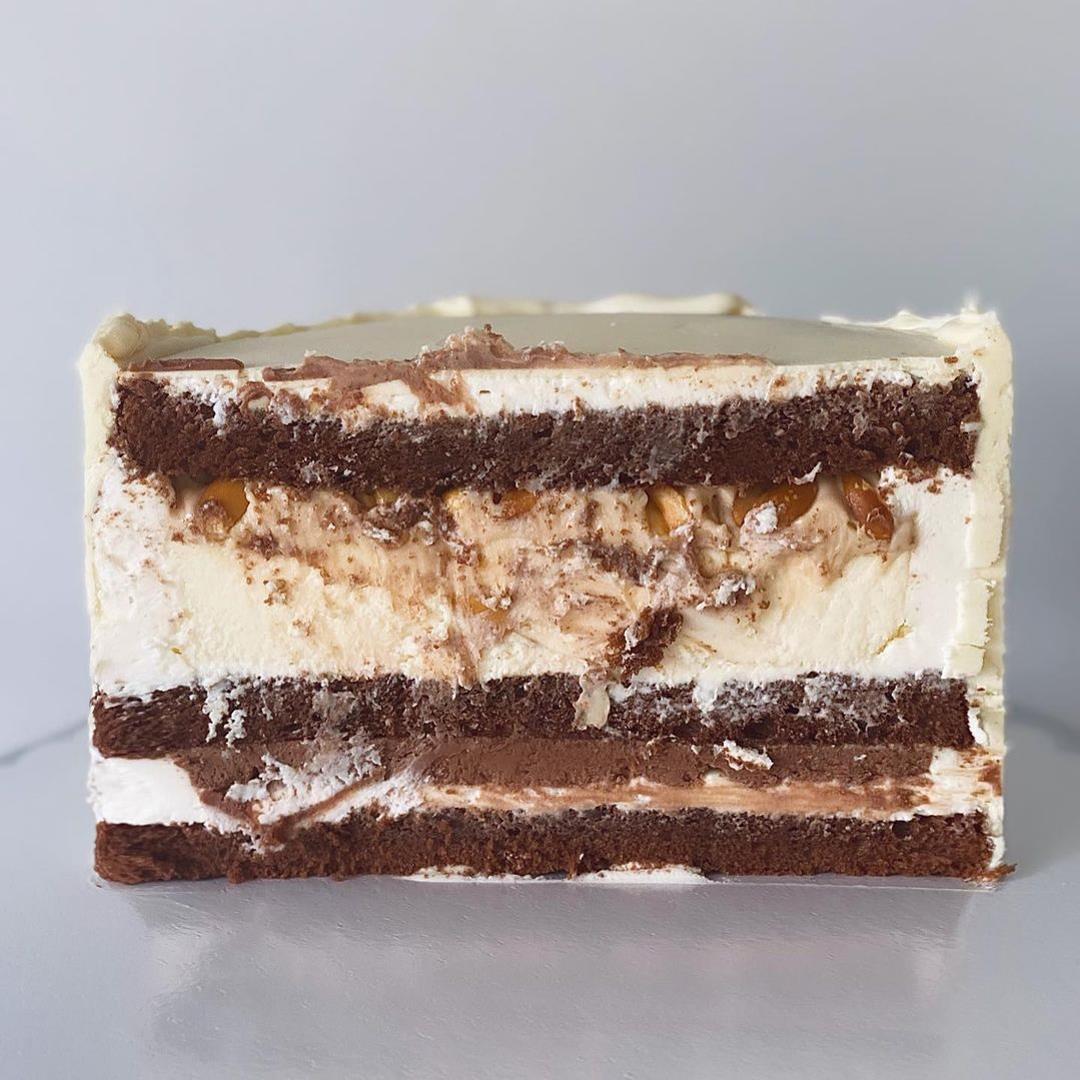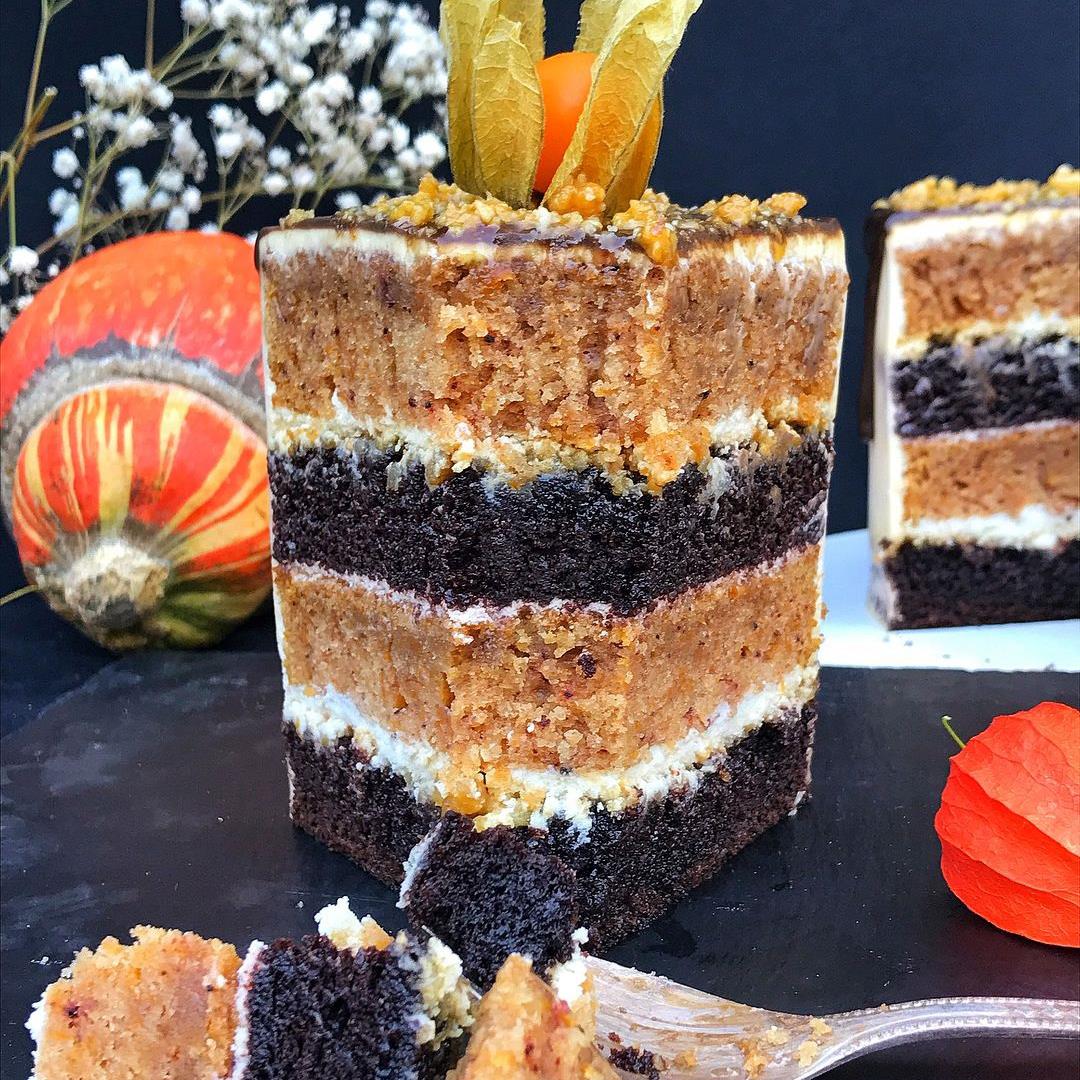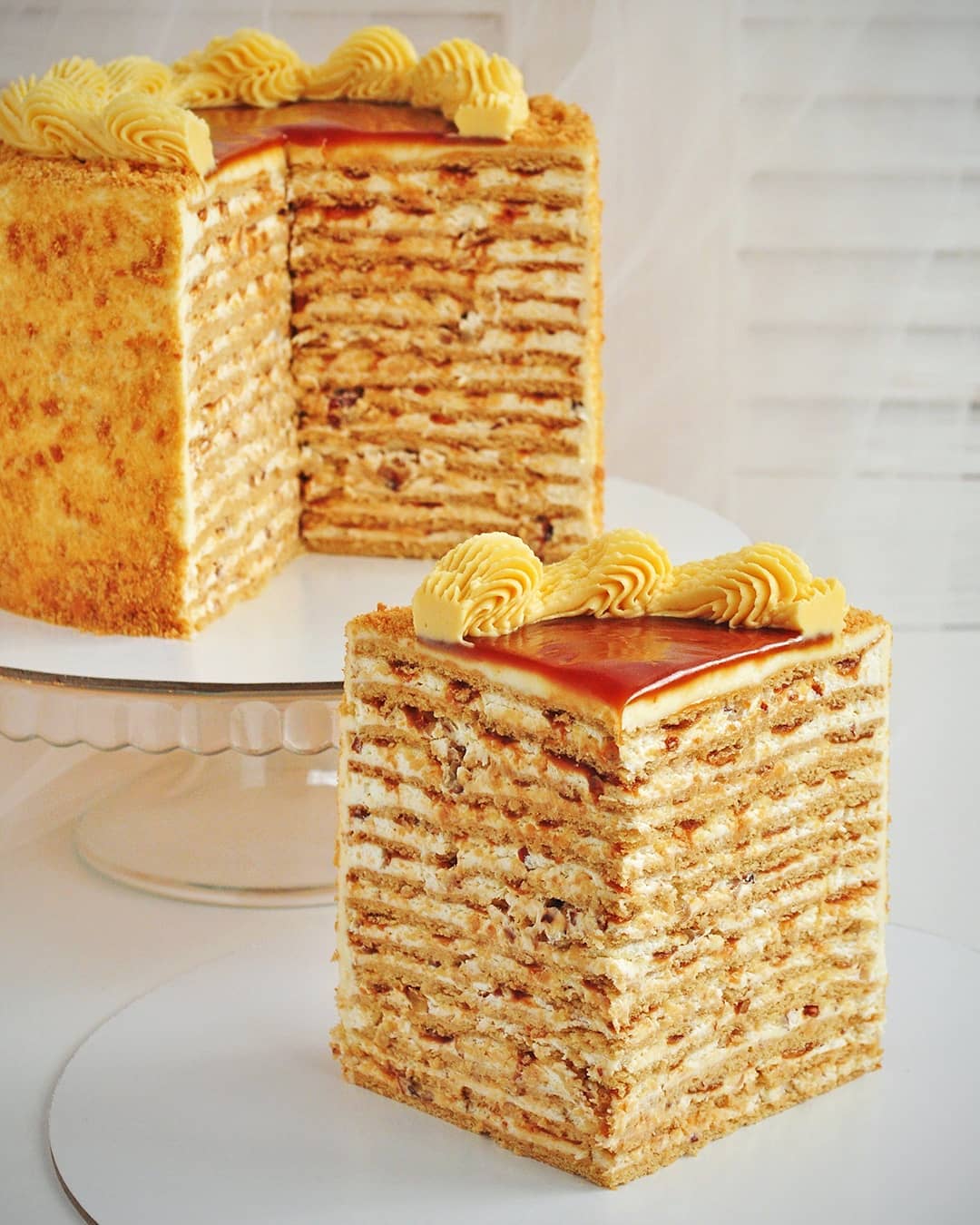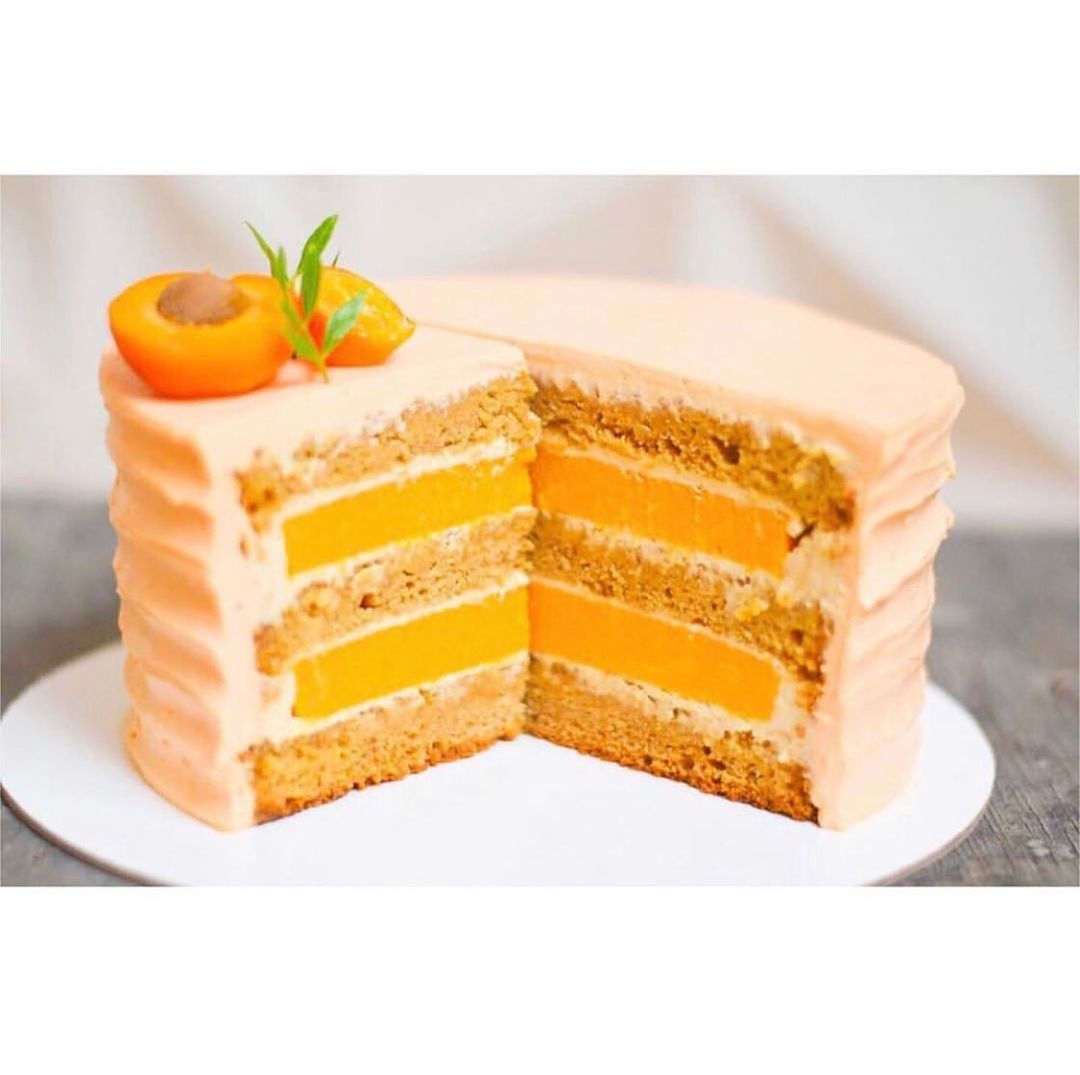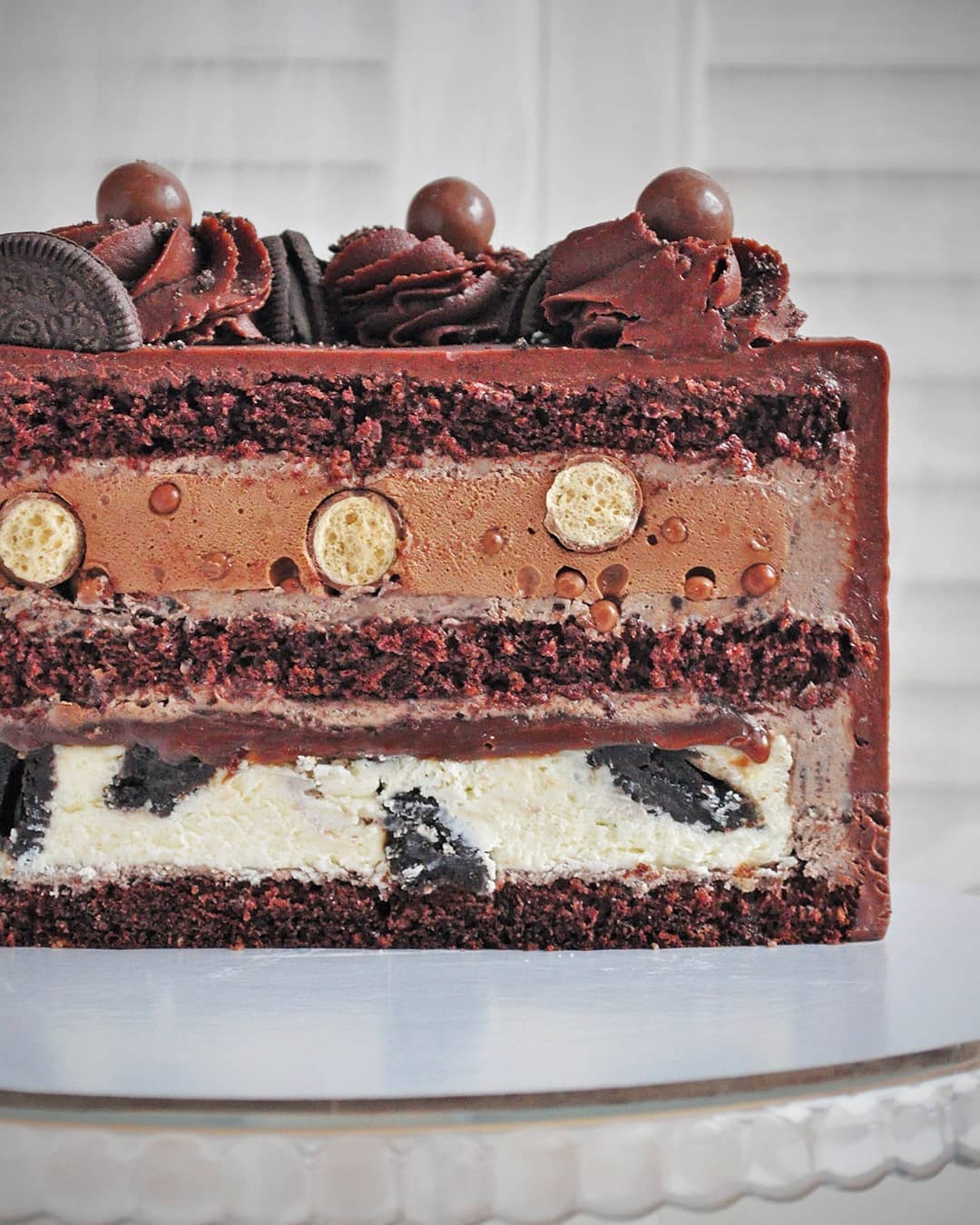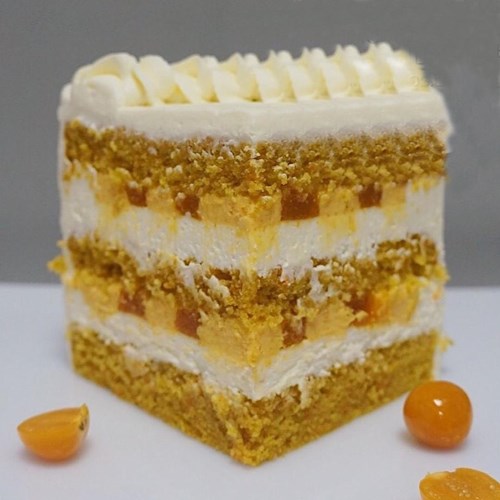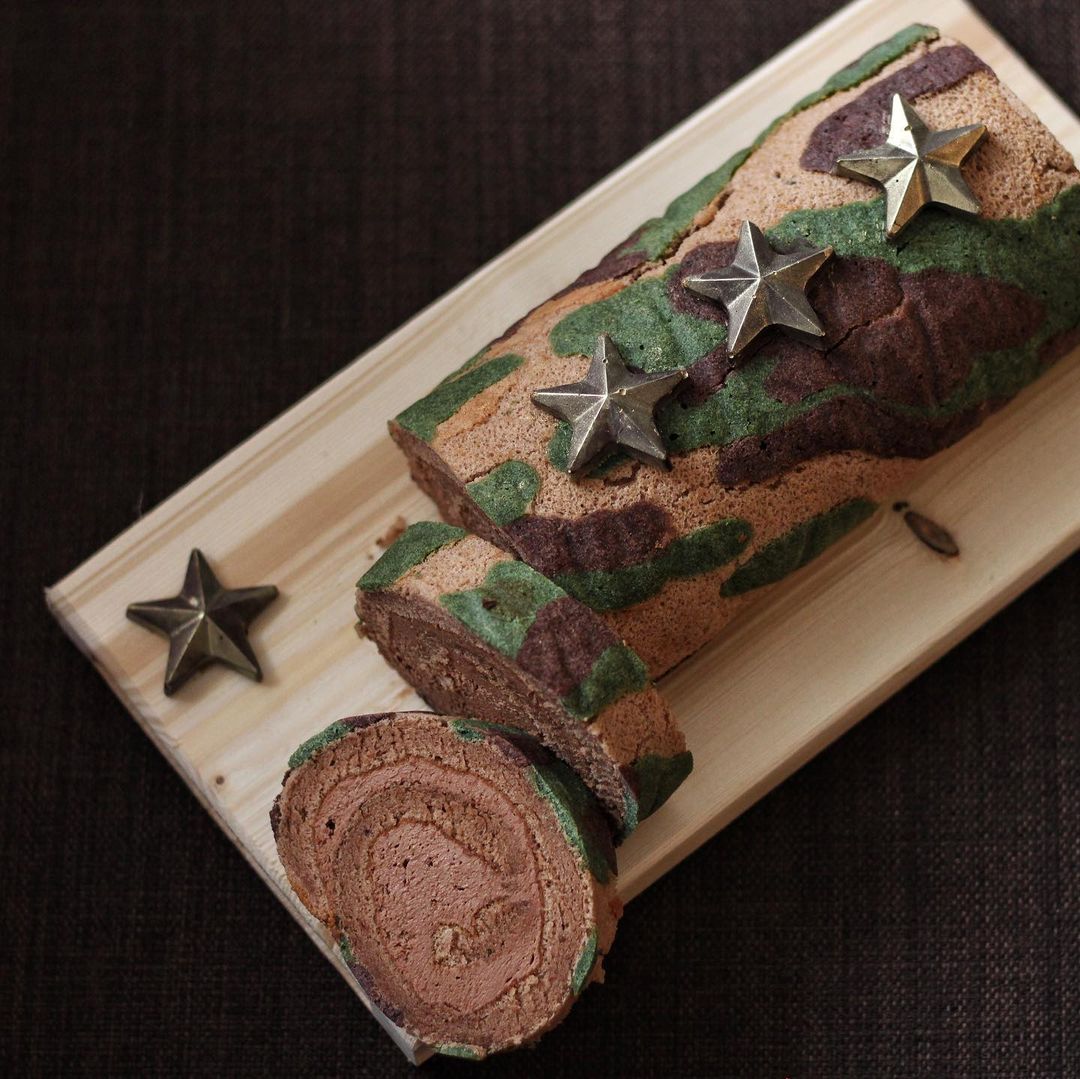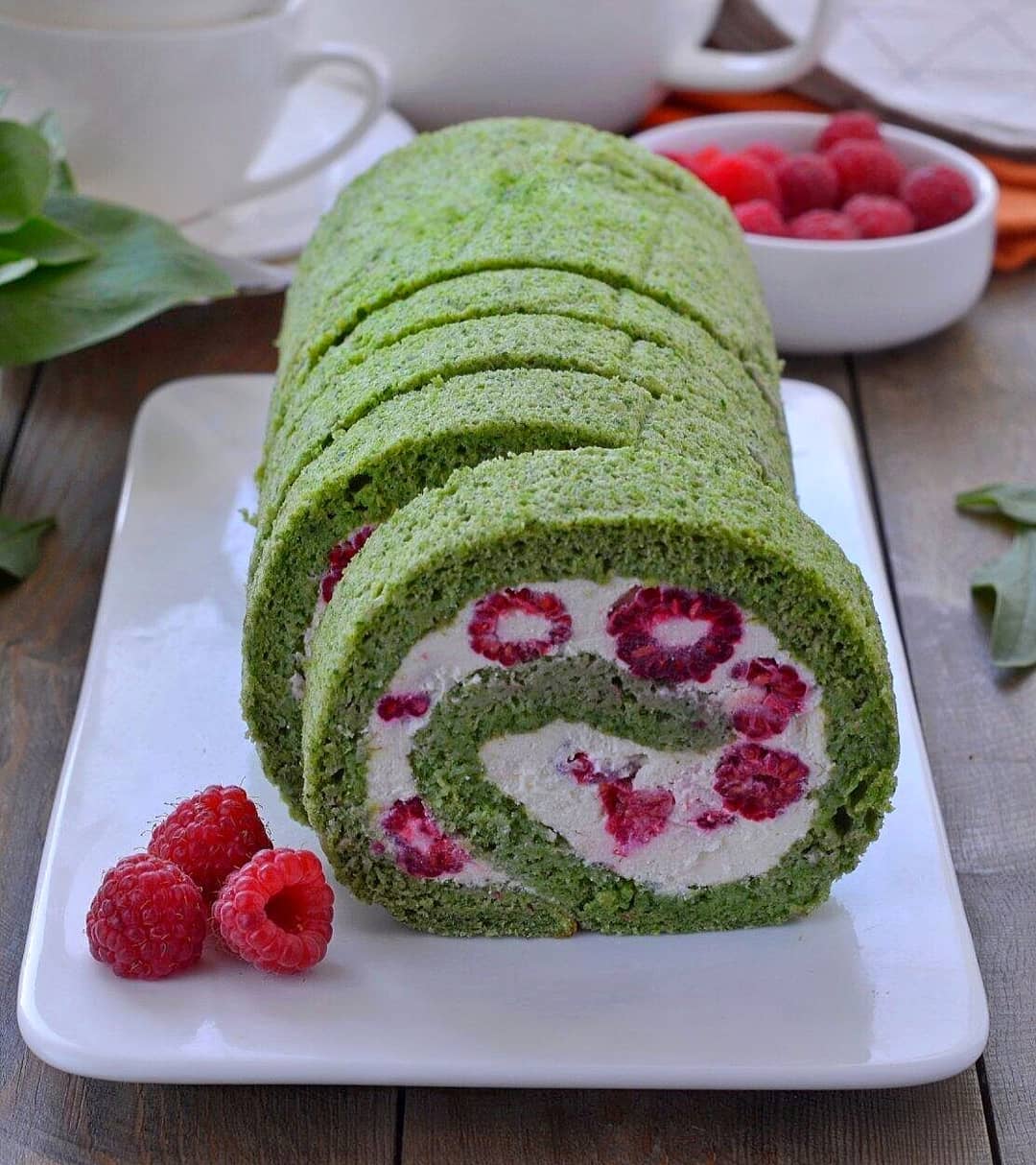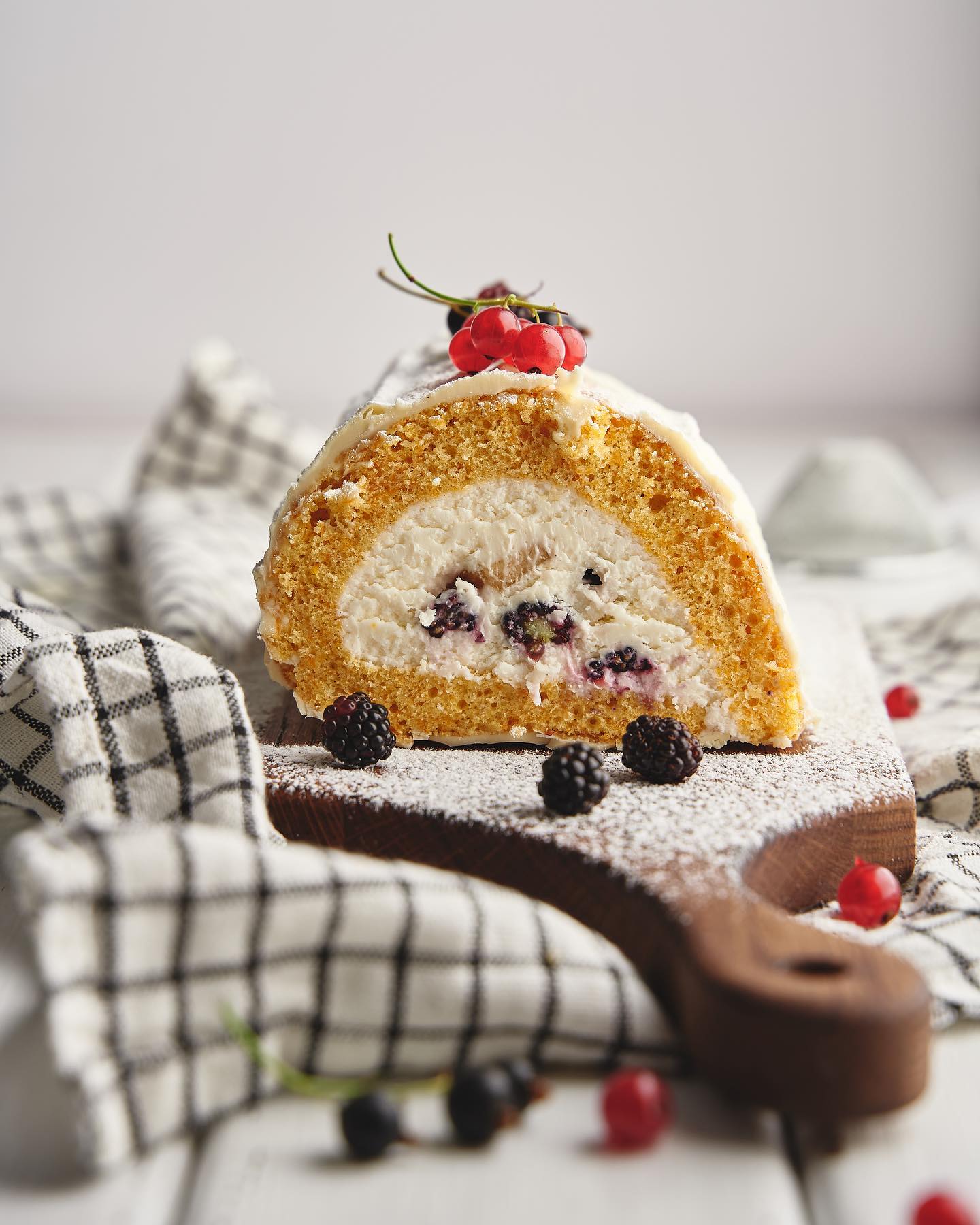Ingredients
Sponge Biscuit
The Filling
Instructions
Step 1
Step 2
Step 3
Step 4
Step 5
Step 6
Step 7
Step 8
Step 9
Step 10
Step 11
Step 12
Step 13
Step 14
Step 15
Step 16
Servings
Equipment
Several sizes are recommended to handle separate components like egg whites and yolks without overflow.
Using a stand mixer speeds up the process and ensures thorough mixing, but a hand mixer works great too. Remember, consistency is key!
Ensure your flour and baking powder are well mixed and lump-free for a smooth batter.
A rubber spatula will help you fold ingredients gently, maintaining airiness in the batter.
A non-stick baking sheet and parchment paper make transferring the sponge roll easier and cleaner.
Variations
Faq
-
How do I know when my egg whites are whipped enough?
Your egg whites should form stiff peaks and look glossy. When you lift the beater, the peaks should not droop.
-
Why is my sponge biscuit sticky?
If your sponge is sticky, it might be undercooked. Try baking it a bit longer, and ensure it cools completely before handling.
-
How do I prevent my sponge roll from cracking?
Roll it up while it's still warm using the parchment paper to guide you gently. Once cooled in the rolled shape, it should hold without cracking.
-
Can I use a different type of jam?
Absolutely, feel free to experiment with your favorite flavors. Apricot, raspberry, or even a spiced apple jam can add a unique twist.
-
How long can I store the sponge biscuit roll?
Wrapped well and refrigerated, it can last for up to 3 days. For best results, enjoy it within the first two days while it's freshest.
-
Can I freeze the leftover roll?
Yes, you can! Wrap it tightly in plastic wrap and foil before freezing. Thaw it in the refrigerator overnight before serving.

